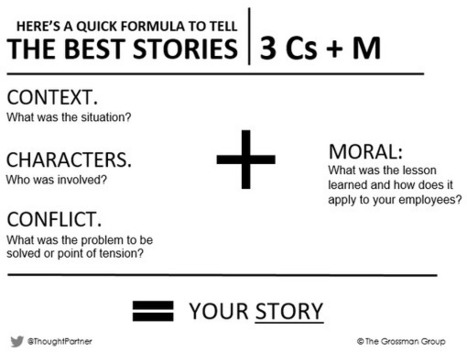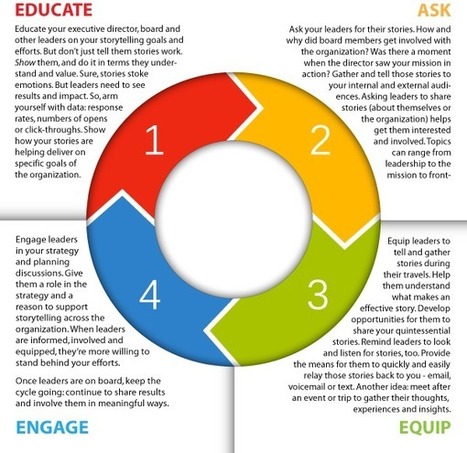Most CEOs are not inspiring. After years of working with leaders in business, it's hard to come to any other conclusion.
The 5 mistakes listed here are right on -- I experience them all the time when working with my coaching clients.
Number 4 is -- CEOs don't tell stories. That's for sure.
Number 5 is -- CEO's reading speeches instead of talking authentically with their audiences.
Number 3 is -- they are too stiff (that comes from not telling stories or not knowing how to tell stories)
Number 2 is -- they don't write their own material. No one can write your personal stories for you, BTW.
Number 1 is -- CEOs are not conveying a vision. Hey, we want to be inspired!
Well, for sure many business people of all types suffer from the same mistakes. So what to do? Find the stories you are passionate about telling, learn to tell them well and authentically, leave the notes at home, and please -- don't practice in front of a mirror! That's the kiss of death.
There are many more insights here in this article about how these mistakes show up for people, so go grab them.
Review written by Karen Dietz for her curated content on business storytelling at www.scoop.it/t/just-story-it ;



 Your new post is loading...
Your new post is loading...




















